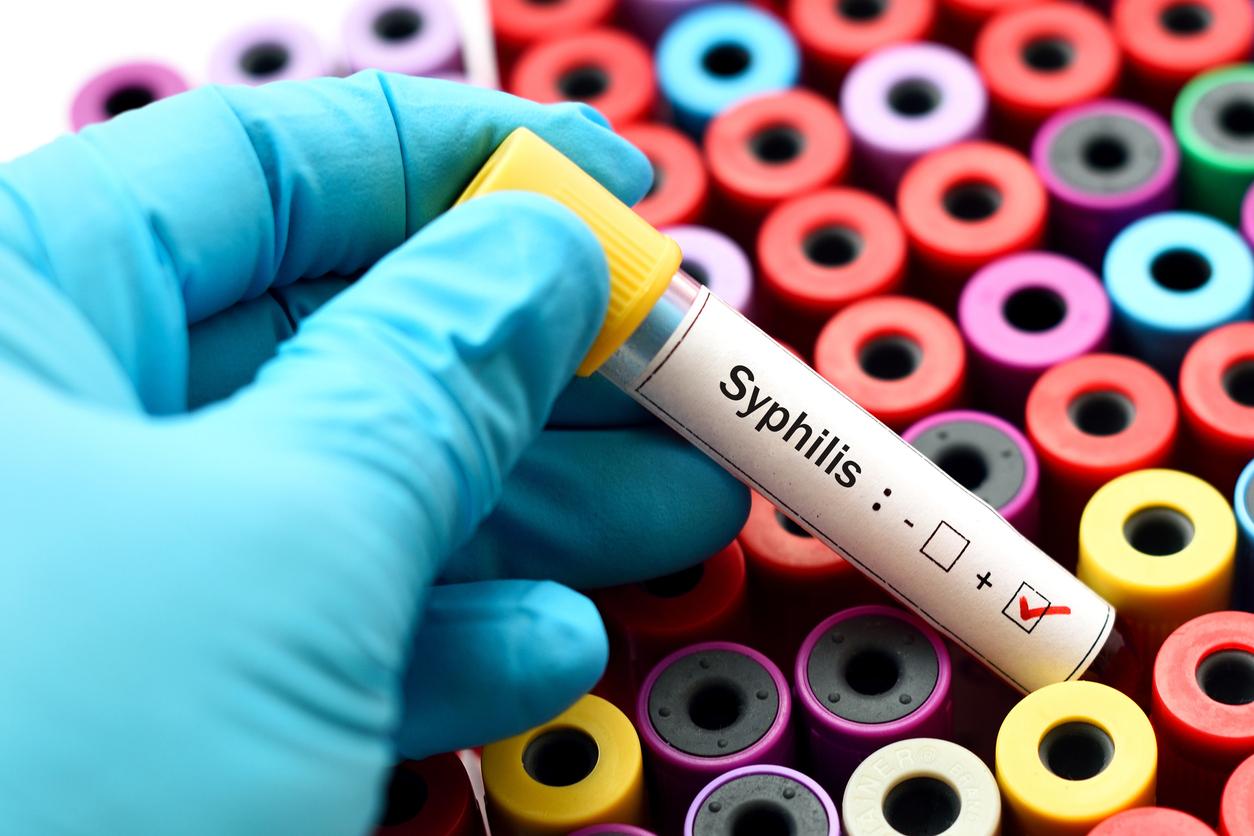Many people suffer from headaches so much that it seriously affects their daily lives. For a proper diagnosis you can go to a headache center or headache clinic. Syta Vissers, headache nurse in the headache center of the Kennemer Gasthuis in Haarlem, explains how that works.
Who comes to the headache center?
“We see people who have been working for a long time, more than six months, headache complaints to have. Sometimes they have already been everywhere to get something done about their headaches. Without result. Or they have been taking a lot of painkillers every day for a long time and notice that it does not go away after all. Then they come to us. We look at the person and the headache from all sides in a consultation that takes about 2.5 hours in total.”
How does that work?
“Everyone who registers receives a questionnaire. We use this to estimate whether the patient would benefit from a consultation in our center. For people with cluster headaches, for example, the added value of the physiotherapist is small. They are better off going to a headache neurologist. People with other types of headaches, such as tension headaches, migraine or headache forms that occur less often, we assume. In our headache center you will be helped in one day. You will see the nurse, the neurologist and the physiotherapist. If indicated, an appointment will be made with a medical psychologist or dietician. If a diagnosis has already been made, we go through it and try to determine the cause of the increase in the headache. After the consultation you will receive advice and possibly medication.
Do I not always get medication?
“No. People often already take a lot and it turns out that the headache has actually become worse due to an excessive use of painkillers. As a patient you do not realize that. You only notice that you have to take more and more medicines to have fewer headaches. “By using those painkillers, the original headache is obscured and it is not easy to trace. The route is then precisely to stop the medication. Do not take anything for eight weeks. And that is very difficult, because you can almost see it as an addiction. The so “harmless” paracetamol also often leads to dependence and more headaches. People often suffer from withdrawal symptoms during the first two weeks off and feel sick. I help them through that with telephone support. Who perseveres comes back to the origin of the headaches and we can then treat them adequately with the right medicines, because, as crazy as it sounds, people with migraines often take incorrectly medicines or in the wrong dosage. And then you end up in a vicious circle and you keep having a headache.”
What do the nurse, neurologist and physiotherapist do?
“As a nurse, I listen to your story. Look at your diet and sleep pattern, at the balance between relaxation and effort and your lifestyle. I give tips that are sometimes open doors, but which you do not think about. For example, less coffee can really care. Sometimes people say: ‘I exercise quite a lot, but that gives me such a headache.’ Maybe they set the bar too high, or they should do another sport. The neurologist watches and listens to the story and does a physical examination. And finally, the physiotherapist will assess, among other things, how your jaw tension is, because too much tension on the jaws is very often a reason for headaches.”
And then?
“In any case, there will be a consultation with the team. A diagnosis and an advice/treatment plan will then be rolled out. Whether there will be a follow-up appointment depends on that diagnosis and the treatment. The result of this approach is of course different for each patient. Often the use of medication is also less, but more adequate. In general, we see that people, sometimes after years of worrying, are relieved of their headaches or have considerably less pain. You can see what positive influence this has on the quality of life. “
More information:
www.hoofdpijncentra.nl

















